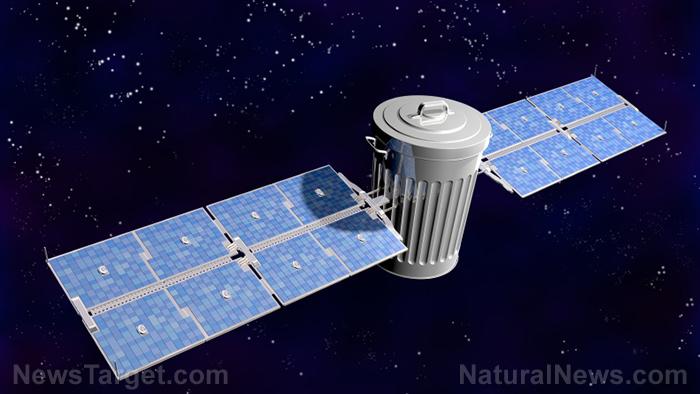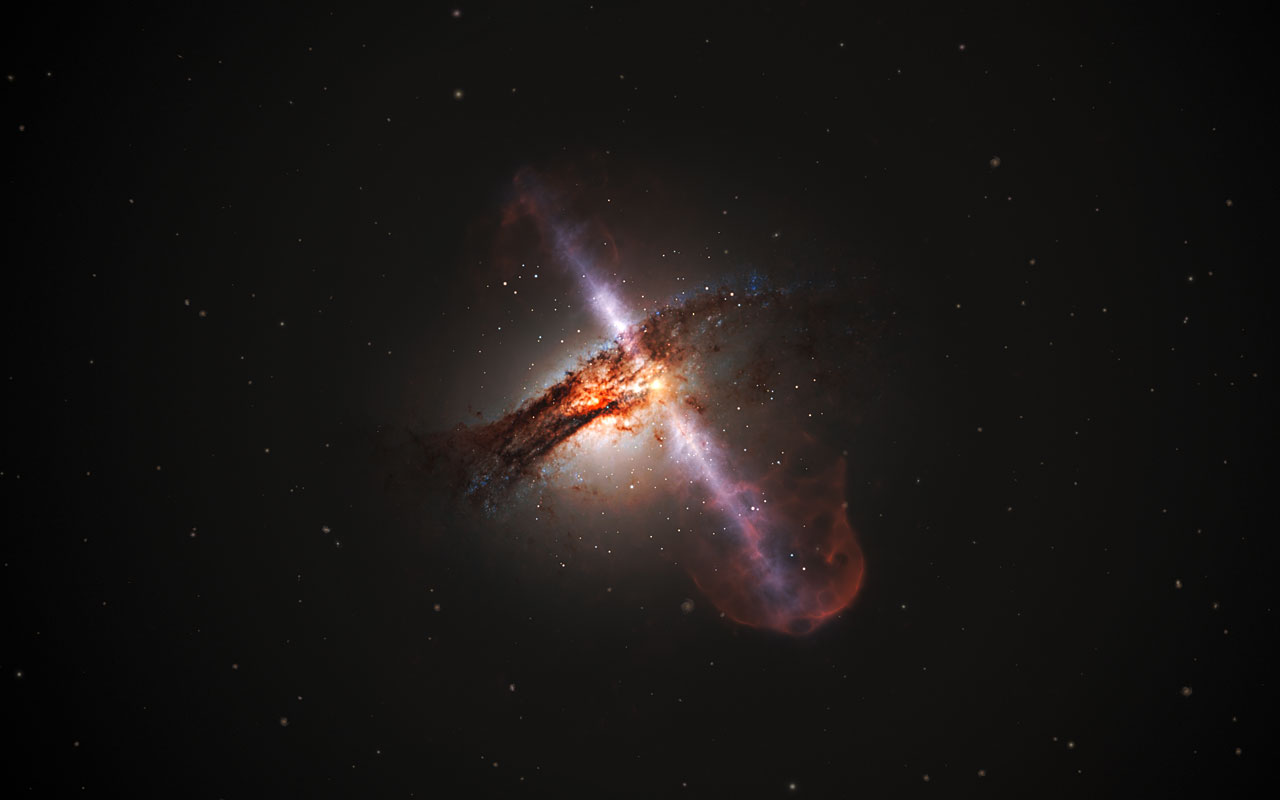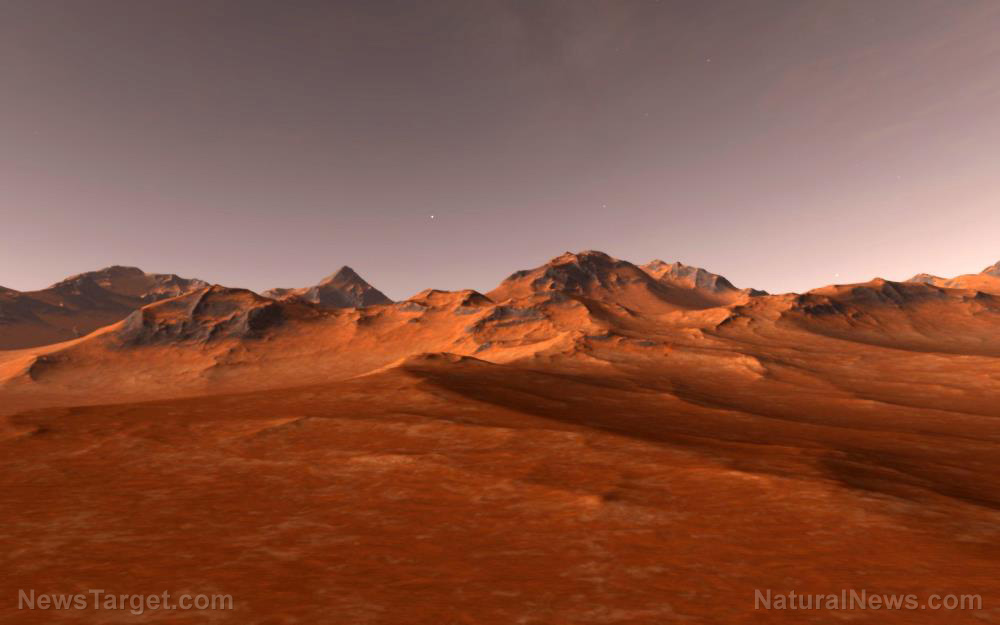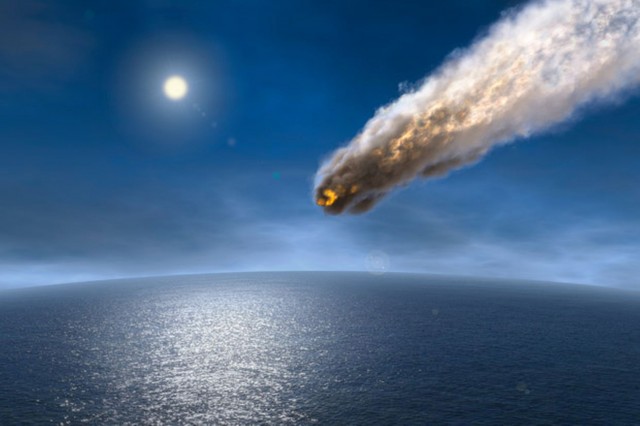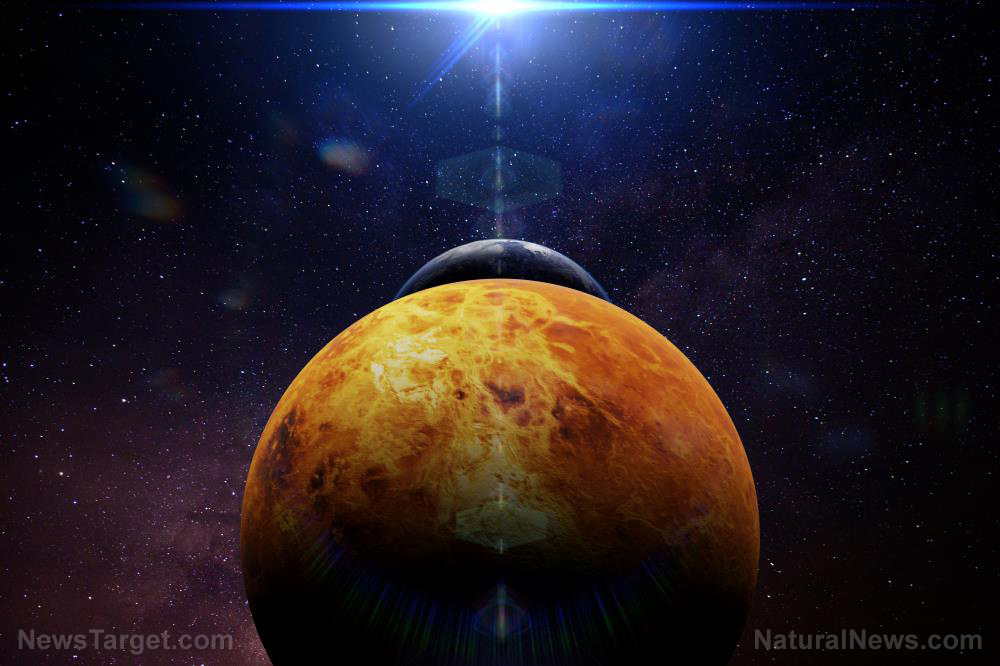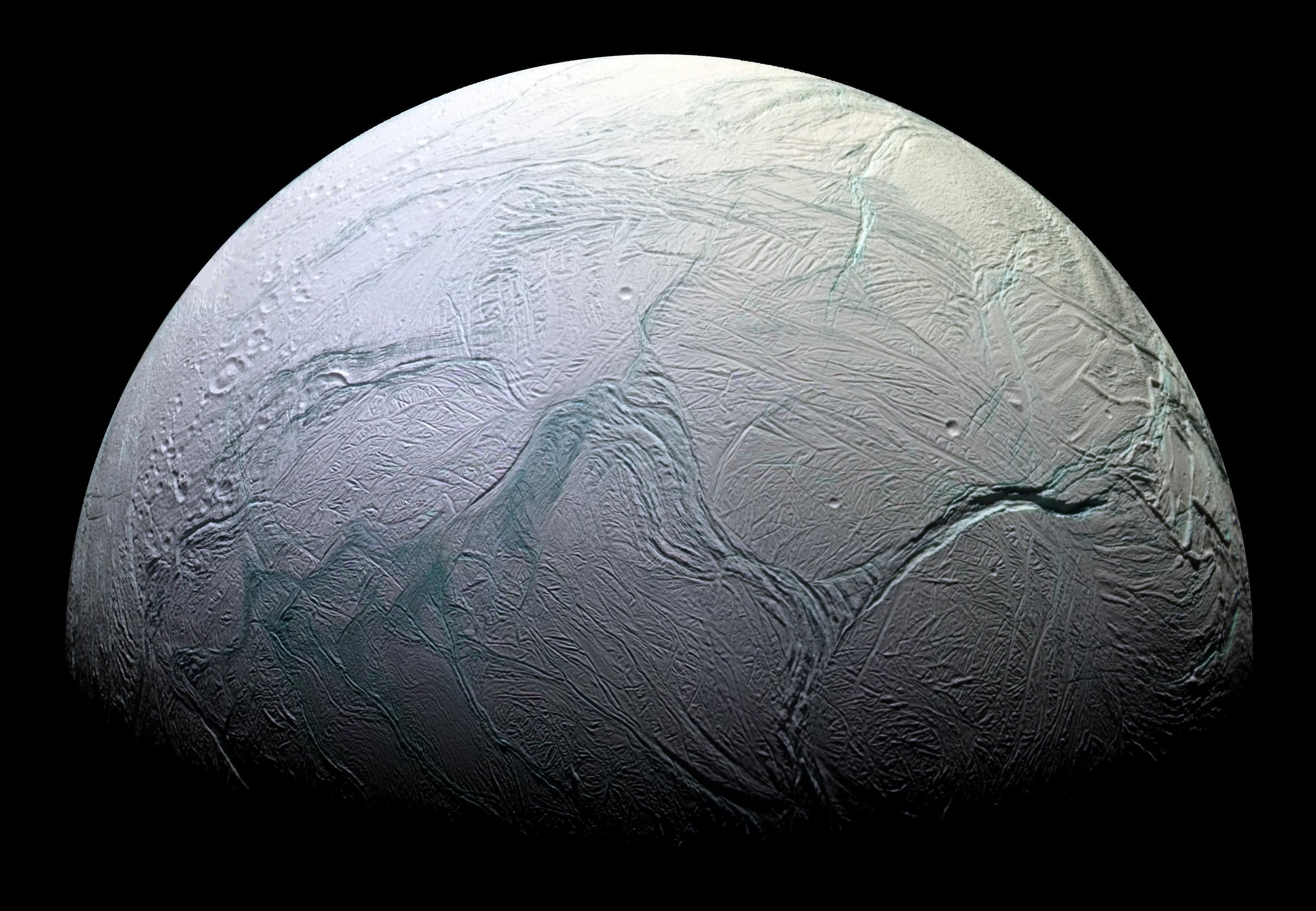Scientists find surface-exposed water ice on the moon
10/31/2018 / By Edsel Cook

Astronauts heading to the Moon can be reassured about the available amount of water that can be turned into fuel or potable liquid. An article in the Proceedings of the National Academy of Sciences determined that water ice can be found on the surface of Earth’s satellite.
Water has it rough in the inner part of the Solar System. If it’s too close to the Sun or unprotected by a thick atmosphere, liquid water will evaporate. However, special circumstances let water survive close to the Sun. Sometimes, it can even maintain its solid form of water ice.
On celestial bodies that do not have atmospheres, water ice can accumulate in areas that have never known the light of the Sun. For example, the interiors of many craters are permanently shrouded in shadows. Other craters can cast long shadows that produce similar effects. It helps if the celestial body rotates slowly, like Mercury does.
Researchers have produced evidence of exposed water ice on Mercury and Ceres. Strangely, they have failed to find similar proof for water ice on the Moon until recent times. (Related: Lunar meteorite hints at the moon having water, once upon a time.)
Water ice shown to exist on the very surface of the Moon
A Cornell University (CU) research team went over data gathered by the Moon Mineralogy Mapper instrument. They were looking for water ice in permanently-shadowed regions of the Moon.
The researchers applied indirect lighting techniques to those dark areas. They looked for telltale signs of water ice absorbing near-infrared light. They reported coming across thousands of pixels that showed signatures of water ice at depths of less than a few millimeters. These signatures are found within 20 degrees latitude of the Moon’s poles.
Most of these areas also demonstrated reflectance and ultraviolet ratio values that match those of water ice. These readings came from laser altimeters and Lyman Alpha Mapping Project instruments fitted aboard lunar orbiters that passed over the regions. Furthermore, the maximum temperature values for these areas never exceed -261.67 degrees Fahrenheit (100 Kelvin). These temperatures are more than cold enough to maintain water ice, even in the very thin atmosphere of the Moon.
Earlier independent studies had pegged some of these locations as potential candidates for hosting water ice. The findings of the CU report appears to validate them.
Plenty of water ice for the next Neil Armstrong
The CU researchers noted that only ~3.5 percent of these cold traps showed clear signs of exposed water ice. Still, spectral models of promising ice-bearing areas suggested that ~30 percent of their weight is made of ice.
Two factors may have been responsible for the erratic distribution and low abundance of exposed water ice on the Moon’s surface. The first one is the true polar wander, a solid-body rotation of a celestial object with respect to its spin axis. This phenomena changes the geographic positions of the body’s poles.
The second one is impact gardening. Meteors that hit the surface of an airless celestial body can alter the outermost levels of its crust. Impact events can shuffled around the contents of the crust or even expel them from the surface.
Overall, the researchers are pleased to find clear proof that the lunar polar regions have patches of water ice that landers and astronauts can easily access and extract. Once it has been melted, the ice can provide drinking water for lunar explorers and colonists, as well as the raw materials for rocket fuel that can send landers back to Earth.
The Moon stars in quite a few articles on Cosmic.news. Take a look for yourself.
Sources include:
Tagged Under: Moon, moon exploration, moon research, moon surface, Space, water, water ice, water on the moon


